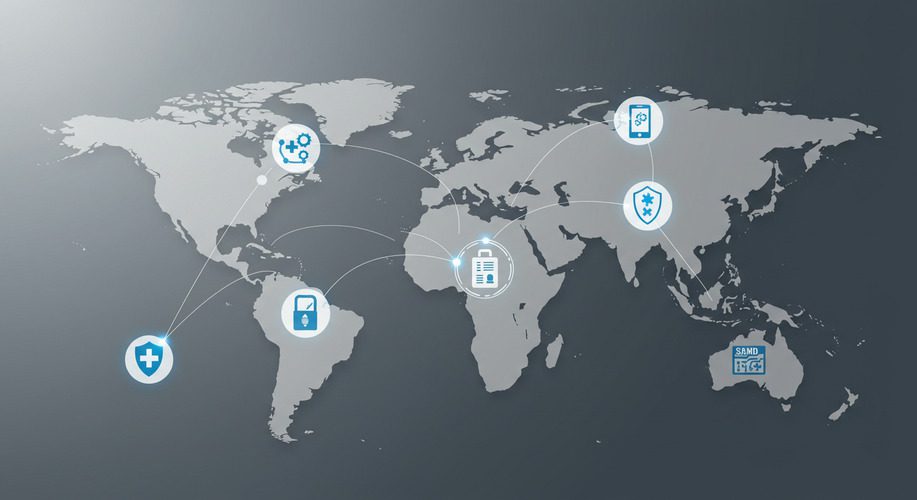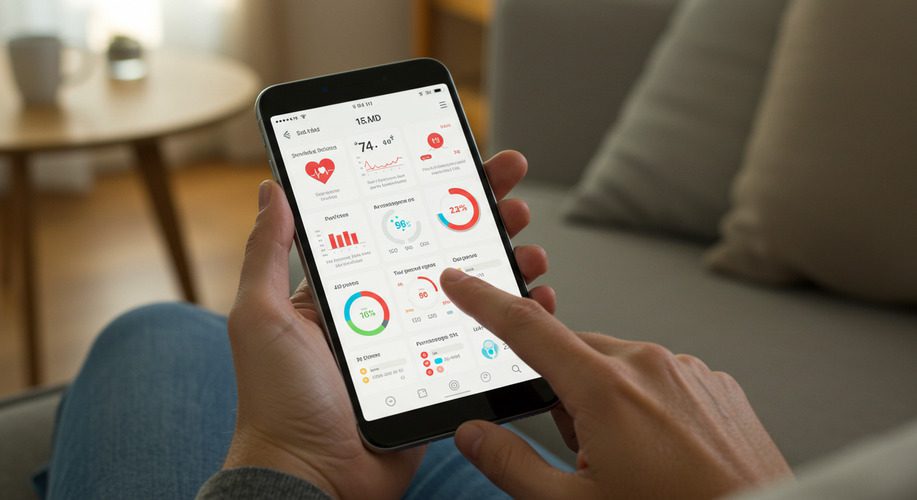
Article
Regulatory Innovation in SaMD: How Global Standards Are Evolving
This post was previously on the Pathfinder Software site. Pathfinder Software changed its name to Orthogonal in 2016. Read more.
While change, new discovery and learning are inevitable during any healthcare app product development process, and agile processes reduce the cost and risk of change, there is a significant cost associated with design controls for development, whether you are using agile methods or not.
In a typical product development cycle, a high-level product concept or set of new features is given to an R&D organization, which defines detailed requirements and specifications before development begins.
There is still a lot of risk during this stage*:
If you generate requirements and specifications without discovering and mitigating these risks, you will probably be building on invalid assumptions and either make major changes during development, or compromise on product features and quality in order to make deadlines.
An agile/lean approach during this phase would spell out hypotheses and use fast feedback loops (“build-measure-learn loops”) to validate or invalidate those hypotheses, thereby dramatically reducing risk much more quickly and cost effectively than during full development. In agile, experiments that involve building something in order to reduce uncertainty are called spikes. Two types of spikes are typically employed:
Just as with prototyping, technical spikes typically involve building just enough to validate or invalidate hypotheses, rather than building something that can be re-used and incorporated in the development process. For high risk areas, this saves significant amounts of time and money by avoiding costly rework under full design controls.
Just as agile development benefits tremendously from having cross-functional teams participating throughout the process, so do research and development efforts involving functional and technical spikes. Risk analysis should be done at an early stage, and functional and technical spikes can be used to discover and mitigate patient risk – the results can be used to iteratively build the risk file and improve risk mitigation. Similarly, technical and architectural feedback is important during the prototyping process – without it, you are likely to end up with designs that are more costly and time consuming to implement.
* In this discussion, I use risk more broadly here to include not just patient risk, but all risks to product effectiveness.
Related Posts

Article
Regulatory Innovation in SaMD: How Global Standards Are Evolving

Article
Implementing Real-Time Data Analytics in SaMD Solutions

Article
Navigating FDA’s Proposed AI/ML Framework for SaMD

Article
Improving Patient Engagement with SaMD Solutions